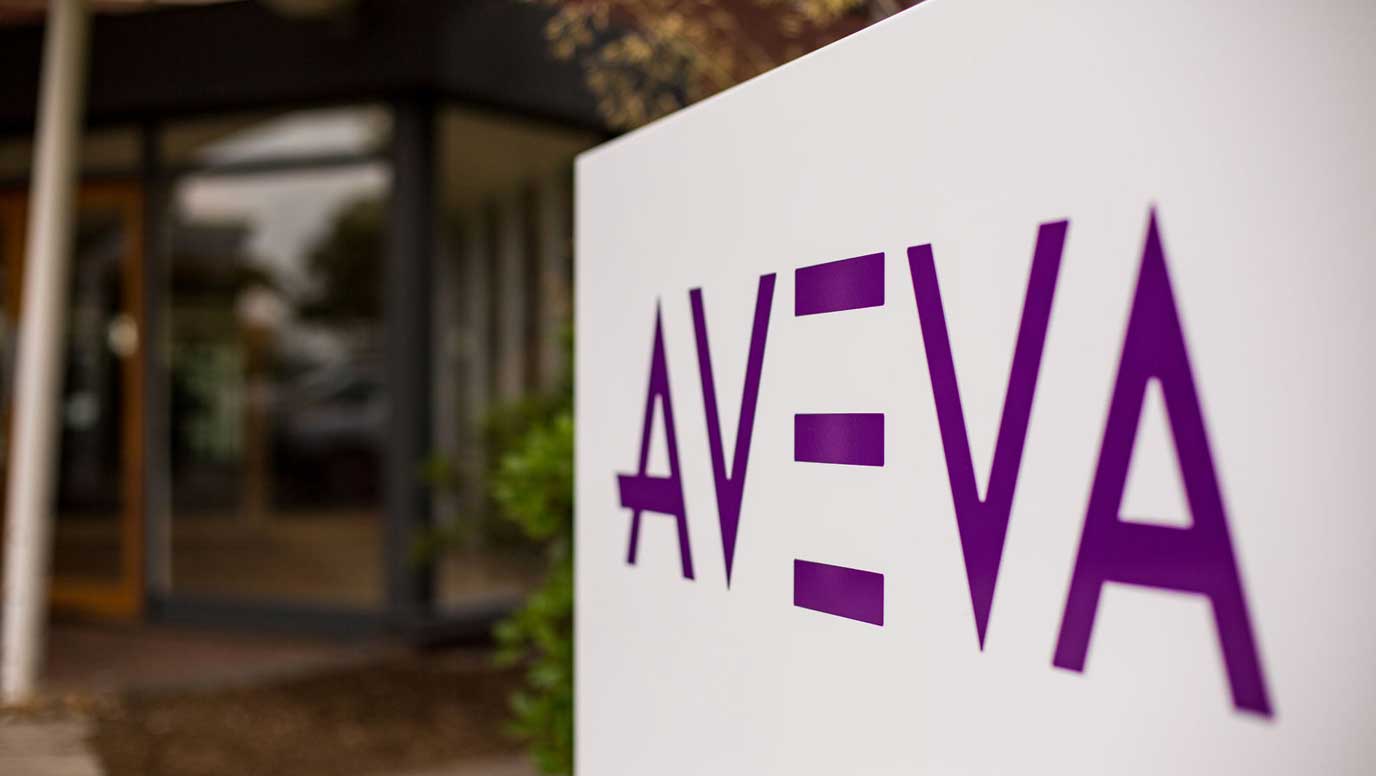AVEVA creates history with CleanTech refinery project in US

AVEVA is co-driving a strategic partnership with Meridian Energy Group Inc. to develop a digital twin for the first full-conversion refinery built in the US since 1976 and the first modern greenfield advanced technology refinery ever built in the United States.
The collaboration marks a significant milestone in advancing technological innovation and environmental stewardship in the refining industry.
Meridian has chosen CONNECT, AVEVA's industrial intelligence platform, and a series of EPC 4.0 solutions to create one unified, data-centric approach for the engineering and project execution of its new Davis Refinery.
Meridian is currently in the process of building the Davis Refinery in the Bakken oilfield outside of Belfield, North Dakota, next to major trucking and rail corridors. This distributed business model is sleeker, faster and more efficient than the centralised mega-refinery model currently prevalent.
The Davis Refinery was permitted as a synthetic minor source by the North Dakota Department of Health – Air Quality (NDDEQ) after an extensive 18-month review in 2018.
That Permit to Construct (PTC) validated all the claims previously made by Meridian when the company undertook the challenge to "clean up" the refining industry.
In April, Meridian announced an engineering breakthrough in the design and configuration of the Davis Refinery in which greenhouse gas emissions are fully offset by the co-processing of renewable biofeedstock.
This results in net-zero Scope 1 and Scope 2 carbon emissions for the facility, the world's first for a crude oil refinery. Meridian is also planning to build additional refineries in Texas and Oklahoma.
With AVEVA's EPC 4.0 solutions, engineering data is no longer siloed, bringing real-time visibility across the engineering and design stage to procurement and construction, improving final handover and time to operational readiness.
Rob McGreevy, Chief Product Officer at AVEVA, said: “I am thrilled about our partnership with Meridian where we see a momentous opportunity to bring our time-tested software solutions to the table.
“This project aims to design one of the world's most advanced and environmentally compliant refineries and we're committed to not only meeting industry standards but to support the refinery's goal of achieving net-zero emissions.”
A cloud-hosted, data-centric strategy serves as a unified platform where all engineering disciplines and stakeholders converge. By seamlessly integrating diverse engineering tools, it provides an integrated viewpoint that enhances project efficiency and transparency from start to finish.
This collaborative approach not only facilitates early risk identification and proactive mitigation, but also empowers stakeholders with progressive handover capabilities.
This enables them to effectively navigate and prevent the typical CapEx pitfalls that traditional operating facilities often face, ultimately optimising project outcomes and operational success.
Mark Fonda, Meridian's Chief Technology Officer, says: “AVEVA has provided an optimum framework to develop our strategic plan for transition of the refining industry to lower carbon intensity utilising both renewable and traditional feedstocks.
“This project represents a quantum leap in technology implementation which is only made possible as a greenfield facility with a forward-thinking mindset. Digital technology is the means by which all facets of the project are developed and implemented, creating a collaborative, synergistic environment for all disciplines throughout the entire lifespan of the project.”
Jay Nocker, Meridian's VP Engineering Services, added: “AVEVA's digital data management tools will empower Meridian with the ability to work ahead of the typical '30-60-90' engineering information release curve.
“This enables an early start on set-up and vetting crucial Operations Technology (OT) systems with our strategic partners and take full advantage of the benefits of the unified information architecture and progressive digital asset handover.”

